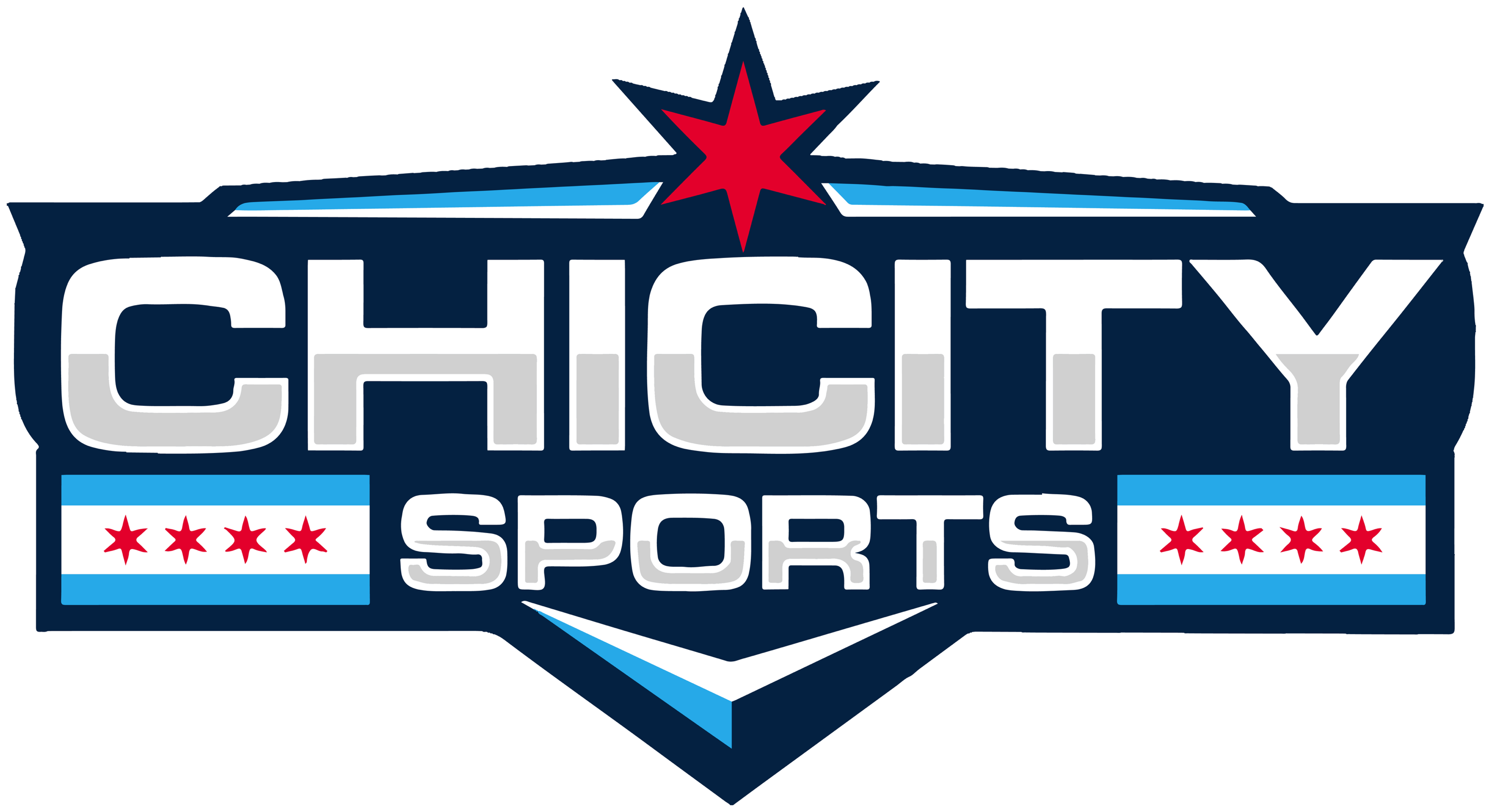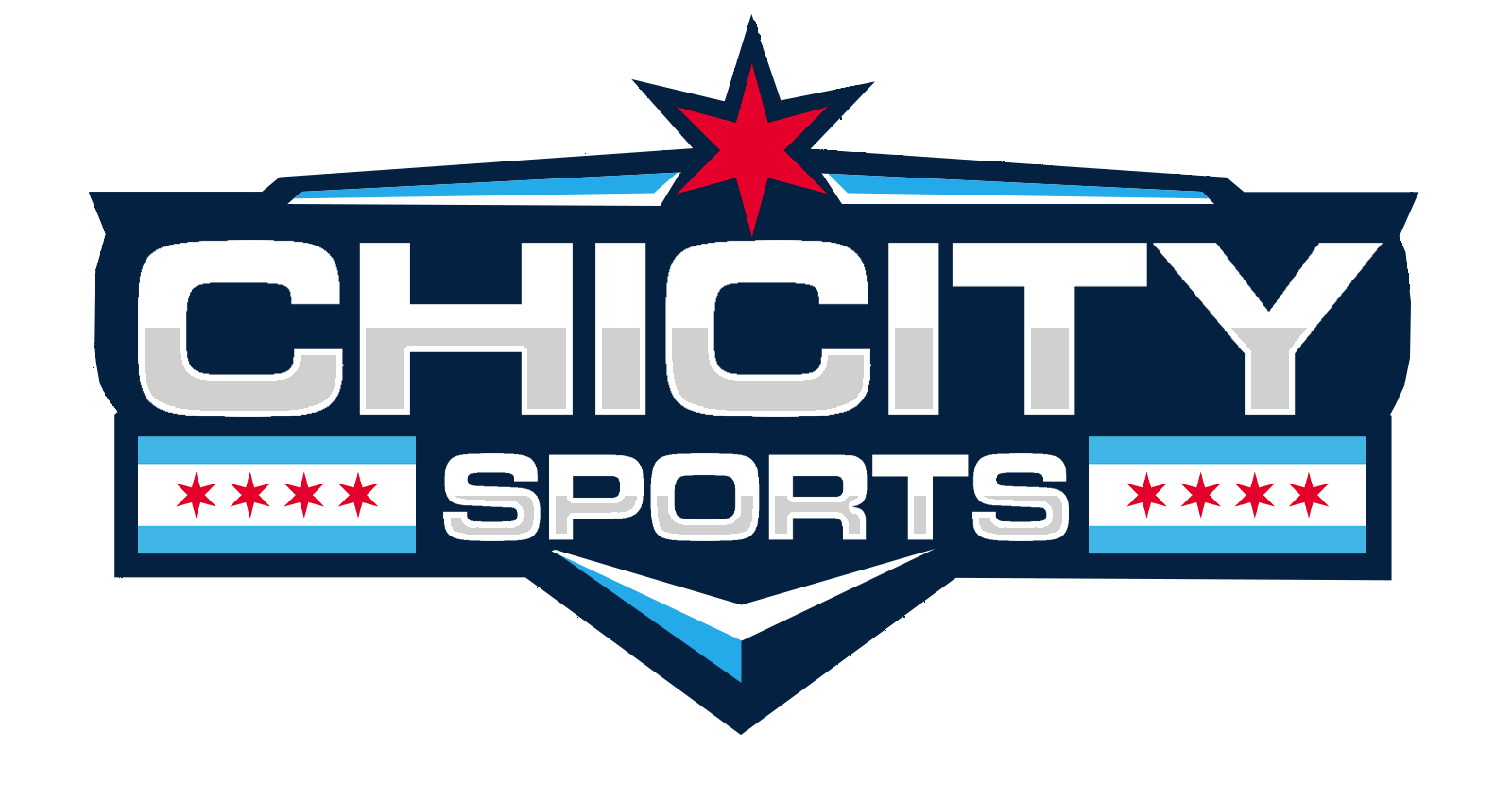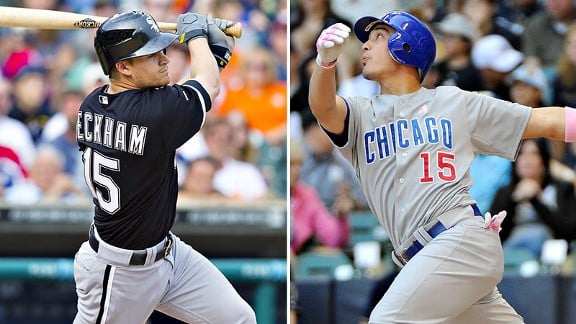It’s no secret that Starlin Castro is having the worst season of his career to date on paper. But just how much of this seeming regression is actually indicative of of the star shortstop regressing? Before this subject is even analyzed, let it be known that there is nothing here suggesting a belief that he is declining in his career at such an early age, but rather that he is having a “Junior Slump”, as this piece analyzes why it has been occurring.
The Good – Castro has still had a strong season, despite it being worse offensively than his previous two. Castro has a career high eleven home runs, is fifteen RBIs away setting a new career high, and six more steals will surpass his previous high. Defensively, Castro has gone from a -8.8 to 11.7 UZR/150, and regardless of whether one trusts the statistic or not, the improvement is obvious. Castro has played in every Cubs game this year, and is on pace for a career low in errors, a total still high, but easily countered by his well-above average range.
The Bad – It’s never easy being Starlin Castro, always subject to media scrutiny upon each and every mistake having been the center of attention on the Cubs from his record-setting debut on May 7, 2010 through the time Anthony Rizzo was called up. Of course, there is still room for improvement from Castro, which leaves several fans of the overly pessimistic variety calling for his head. Castro’s walk rate is down by a full percent to 3.9%, while his career low batting average (.275), has dragged down his OBP to a dismal .303. Meanwhile, Castro’s recent col streak has also dragged down his SLG to a .418, leaving his OPS at a “just decent” .722. On pace for 110 strikeouts, one would be shocked to find out that they have not been Castro’s problem.
The Hidden Good – Despite the lower slugging percentage, Castro has actually shown more power at the plate than in previous seasons. In 2010, Castro posted a .108 Isolated Power, or ISO. In 2011, that mark increased to a .125, and now a .143. Meanwhile, his Fly Ball Percentage has only increased by 0.6%, meaning that his ISO surge isn’t fueled by a dramatic increase in fly balls, but by him doing more with the fly balls he is hitting. As expected, Castro is developing more and more power as he matures, and still several years away from his peak, he is doing so at a faster pace than one may have anticipated.
The Killer – The killer of Castro’s season can be expressed in one statistic, Batting Average on Balls in Play, or BABIP, which is at a career low. Indicating BABIP being the major killer of his season is the fact that his percentage of balls in play has remained about the same. BABIP factors in all hits, except for strikeouts and home runs. Both rates are up, but not enough to account for such a dramatic difference in his stat lines between this season and last. When looking at BABIP, one must also factor in a couple of other stats to analyze why it has changed like it has, namely the Line Drive Percentage, Ground Ball Percentage, and Fly Ball Percentage. If the Fly Ball Percentage is up significantly, then it is likely the cause of the lower BABIP. In Castro’s case, it is only up slightly, 0.6% to be exact. At first glance, it seems to be a minor negative factor, but, as it turns out, the minor increase in fly balls should be helping Castro as his HR/FB (which isn’t factored into BABIP), is up 4% according to Fangraphs.com, thereby resulting in a lower percentage of outs due to fly balls than before. The next area to look at would be the Ground Ball Percentage, but Castro’s has remained constant from last year, with identical 48.6% marks. Castro’s Line Drive Percentage is 19.5%, identical to the mark he put up in his rookie season when he posted a .346 BABIP, and just 0.6% shy of the 2011 mark in which he put up a .344 BABIP. The low .305 BABIP posted this year, with all things considered, is little more than a statistical anomaly, as he is hitting about the same number of line drives, and his ISO suggests he is hitting balls with more authority. The balls are simply being hit hard, but at defenders more frequently. The luck aspect causing this all and the power surge suggest that Castro should rebound not only to his previous level of success, but to an even higher level. For what it’s worth, the ZiPS projections on Fangraphs project Castro to post a 1.1 WAR the rest of the way, summing up with his already projected numbers to a 3.3 WAR, beating out his rookie season value by 1.2 and falling just 0.1 short of last season’s total.
For More Great Chicago Sports Content
Get the latest Chicago sports news, analysis, and breaking stories on the Bears, Bulls, Blackhawks, Cubs, White Sox, Sky, and more! Tap the star to add us to your favorites on Google News, so you never miss a story on your favorite Chicago teams.
Follow us on Twitter at @chicitysports23 for more great content. We appreciate you taking time to read our articles. To interact more with our community and keep up to date on the latest in Chicago sports news, JOIN OUR FREE FACEBOOK GROUP by CLICKING HERE




